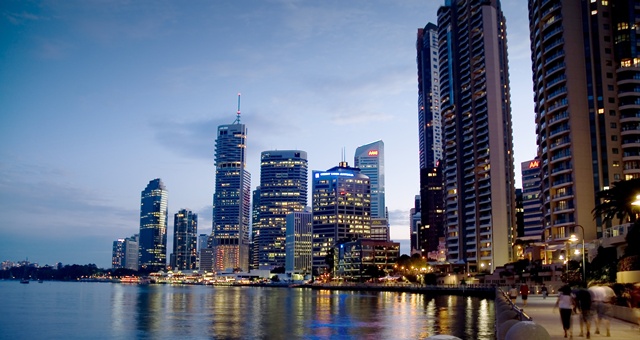The road to recovery following the global financial crisis is continuing for Australia’s accommodation industry, according to the latest Australian Bureau of Statistics (ABS) statistics.
The ABS figures show that from the September quarter of 2011 to the September quarter of 2012, the key indicator for the industry of revenue per available room (RevPAR) in Australia rose from AUD$105.60 to AUD$109.80.
It’s great news for the industry, says Accommodation Association of Australia CEO, Richard Munro.
“While most of the parts of Australia which are traditionally strong performers, such as WA and the Northern Territory, have again showed growth in RevPAR for the September quarter, it is particularly positive that there has been significant RevPAR growth in NSW, Queensland and to a lesser extent, SA,” he said.
“There have been patchy returns for businesses in our sector which are in these three states for some time and the latest ABS statistics indicate that more accommodation operators are experiencing better results.
“Given the hesitancy that still surrounds discretionary spending, this is encouraging.
“It also is a sign that the policy direction that the NSW and Queensland governments have set for tourism is paying dividends.
“However, it remains a concern that RevPAR in Victoria and Tasmania is flat, with Victoria slipping to the third-lowest RevPAR of any state and territory for the September quarter of 2012.
“It’s more evidence that significant short-term challenges remain for the accommodation industry in some parts of Australia.”
With the exception of SA, Tasmania – at AUD$60.50 for the September quarter of 2012 – is the only jurisdiction to record RevPAR of less than $100.
Occupancy in accommodation businesses across Australia was relatively stagnant – in the September quarter of 2011, it was 66.8 per cent, while in the September quarter of 2012, it was 66.9 per cent.
“The only significant change in occupancy was in the ACT where there was a fall of nearly five per cent for the corresponding period the previous year, however the Canberra market remains strong,” Munro said.


